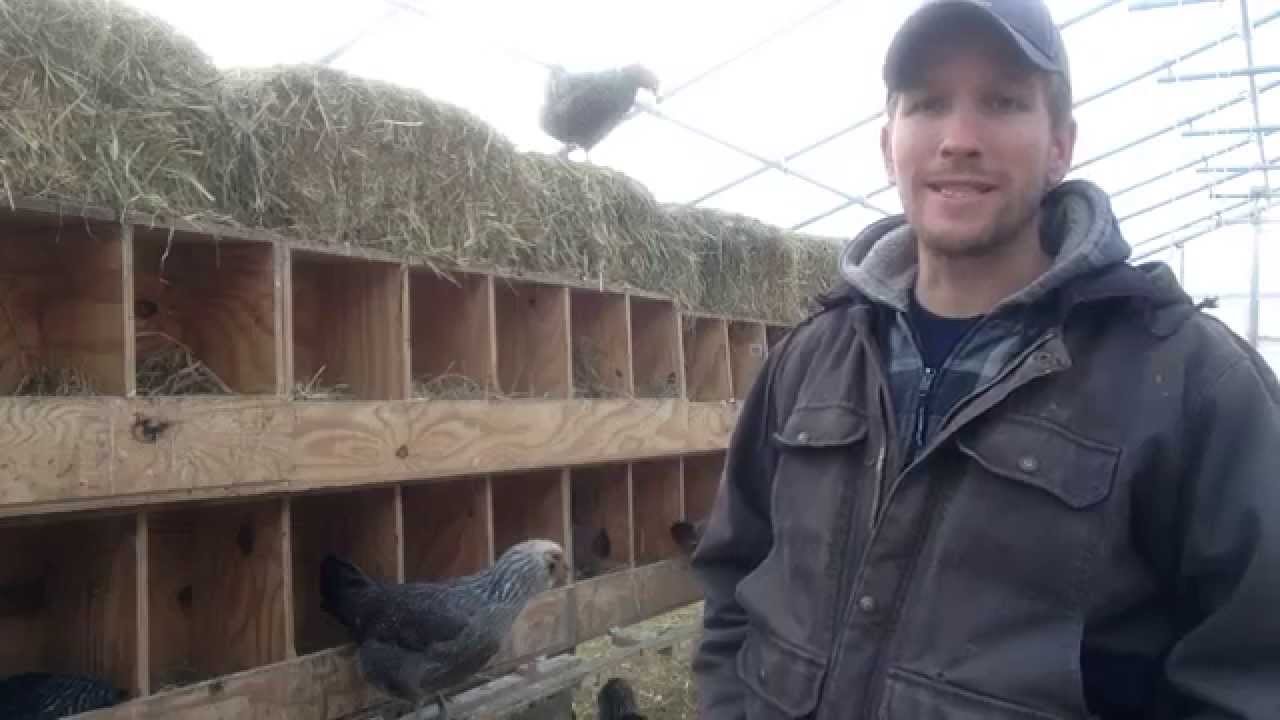Introduction to Rhode Island Red chickens
Rhode Island Red chickens are a popular breed known for their excellent egg-laying abilities and hardy nature. Originating in the United States, these chickens are prized for their large brown eggs and friendly disposition. They are a favorite among backyard chicken enthusiasts and small-scale farmers alike. As with any breed, providing suitable housing and environmental conditions is essential for their well-being. One crucial aspect of their housing is the nesting box, which plays a vital role in ensuring the production of quality eggs and the overall health of the birds.
The importance of nesting boxes for Rhode Island Red chickens
Nesting boxes are essential for Rhode Island Red chickens because they provide a safe and comfortable space for hens to lay their eggs. Without a designated nesting area, hens may lay eggs in random spots, making it difficult for farmers to collect and potentially causing damage to the eggs. Furthermore, a well-designed nesting box can help reduce stress and encourage natural egg-laying behaviors, leading to increased productivity.
Factors to consider when choosing a nesting box size
When selecting a nesting box size for Rhode Island Red chickens, several factors should be taken into account. Firstly, the number of hens in the flock must be considered to ensure there are enough nesting boxes available. A general rule of thumb is to provide one nesting box for every four to five hens. The size of the nesting box should also be appropriate for the size of the chickens. Rhode Island Reds are medium-sized birds, so a nesting box that is too small may lead to discomfort and reluctance to use it.
Understanding the breed-specific requirements of Rhode Island Red chickens
Rhode Island Reds have specific requirements when it comes to nesting boxes. These chickens tend to be on the larger side, with hens weighing around 6.5 pounds and roosters weighing up to 8.5 pounds. Therefore, it is crucial to choose a nesting box size that allows enough space for the chickens to move comfortably while also providing a cozy and secure environment for egg-laying.
Optimal size for a nesting box for Rhode Island Red chickens
The optimal size for a nesting box for Rhode Island Red chickens is approximately 12-14 inches in height, width, and depth. This size allows enough space for the chicken to enter and move around comfortably while ensuring privacy and security during the egg-laying process. Additionally, a nesting box this size can accommodate the average size of a Rhode Island Red hen and her eggs.
Benefits of providing a properly sized nesting box
Providing a properly sized nesting box offers various benefits for both the chickens and the farmers. Firstly, it promotes natural egg-laying behaviors, reducing stress and improving productivity. A comfortable and secure nesting box also helps protect the eggs from damage, ensuring higher hatchability rates. Furthermore, a well-designed nesting box makes egg collection easier and more efficient for farmers, saving time and reducing the risk of contamination.
Common mistakes to avoid when selecting a nesting box size
When choosing a nesting box size for Rhode Island Red chickens, there are several common mistakes to avoid. One common mistake is providing nesting boxes that are too small, which can lead to discomfort and stress for the chickens. Another mistake is not providing enough nesting boxes for the number of hens in the flock, resulting in competition and potential egg-laying issues. It is also important to avoid overcrowding the nesting boxes, as this can lead to aggression and increased risk of broken eggs.
How to measure the appropriate size for a Rhode Island Red nesting box
To measure the appropriate size for a Rhode Island Red nesting box, follow these steps:
- Measure the average size of a Rhode Island Red hen. This includes both height and width.
- Add a few inches to the measurements to ensure enough space for the chicken to move comfortably.
- Consider the height of the nesting box, ensuring it is tall enough for the chicken to stand without hunching.
- Measure the depth of the nesting box, allowing sufficient space for the chicken to turn around and nest comfortably.
Practical considerations for the placement of nesting boxes
The placement of nesting boxes is crucial to encourage hens to use them. Choose a quiet and secluded area of the coop, away from high traffic or noisy areas. Placing the nesting boxes at a comfortable height, around 12-18 inches off the ground, allows easy access for the chickens while minimizing the risk of predators. It is also important to ensure adequate lighting in the nesting area to create a calm and inviting environment.
Ensuring comfort and safety in Rhode Island Red nesting boxes
To ensure comfort and safety in Rhode Island Red nesting boxes, consider adding soft nesting material such as straw or wood shavings. This provides a cozy surface for the chickens to lay their eggs while also helping to absorb moisture and odor. Regularly check for any sharp edges or protruding nails that could potentially harm the chickens. Additionally, ensure the nesting boxes are well-ventilated to prevent heat build-up and maintain a clean and hygienic environment.
Maintaining hygiene and cleanliness in Rhode Island Red nesting boxes
Maintaining hygiene and cleanliness in Rhode Island Red nesting boxes is essential for the health of the chickens and the quality of the eggs. Regularly clean out the nesting boxes, removing any soiled bedding or debris. This helps prevent the spread of bacteria and parasites, reducing the risk of diseases. Providing fresh bedding materials and occasionally disinfecting the nesting boxes can further ensure a clean and hygienic environment for the chickens.
Conclusion: Importance of a suitable nesting box size for Rhode Island Red chickens
In conclusion, providing a suitable nesting box size is crucial for the well-being and productivity of Rhode Island Red chickens. By considering factors such as the breed-specific requirements, appropriate measurements, and practical considerations, farmers can ensure that their chickens have a comfortable and secure space to lay their eggs. A properly sized nesting box promotes natural egg-laying behaviors, improves egg quality, and simplifies the egg collection process. By avoiding common mistakes and maintaining hygiene in the nesting boxes, farmers can create an optimal environment for their Rhode Island Red chickens, fostering their overall health and productivity.




